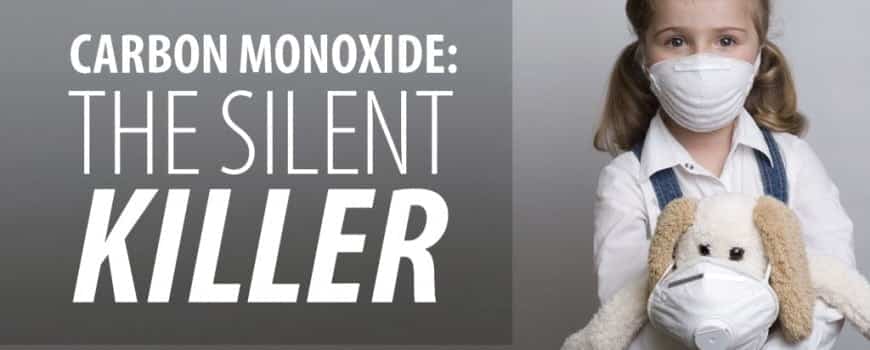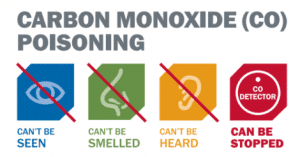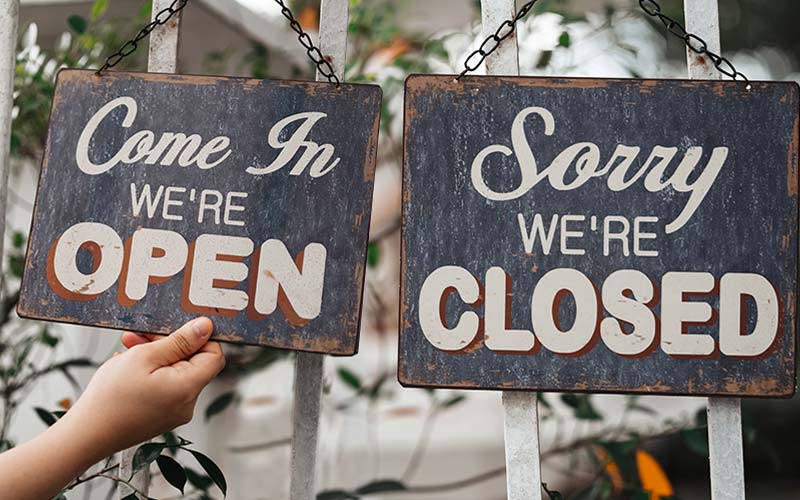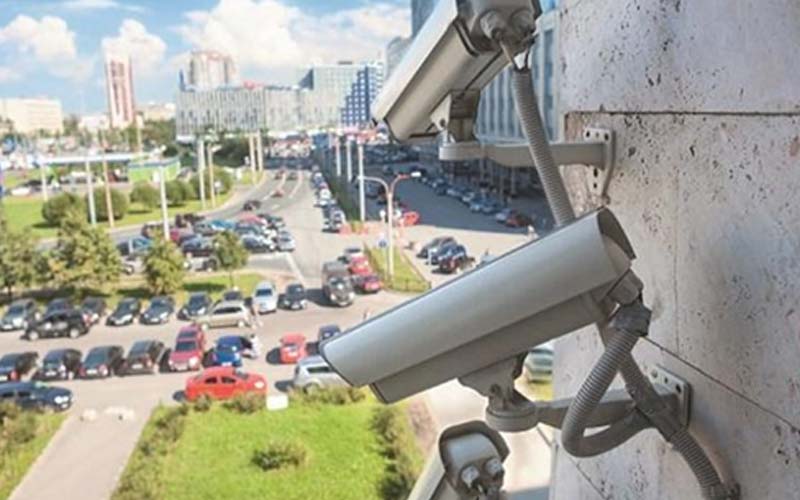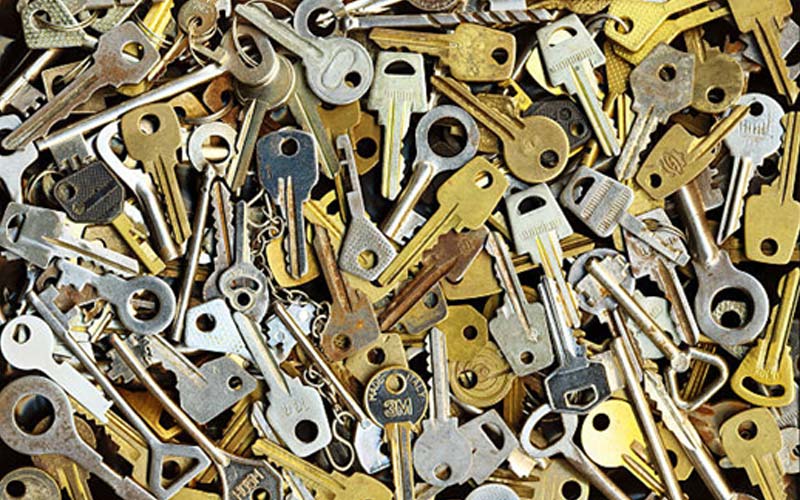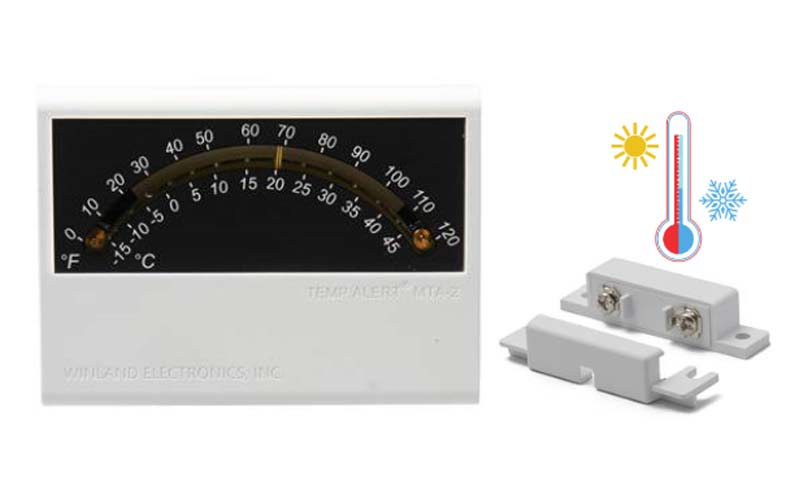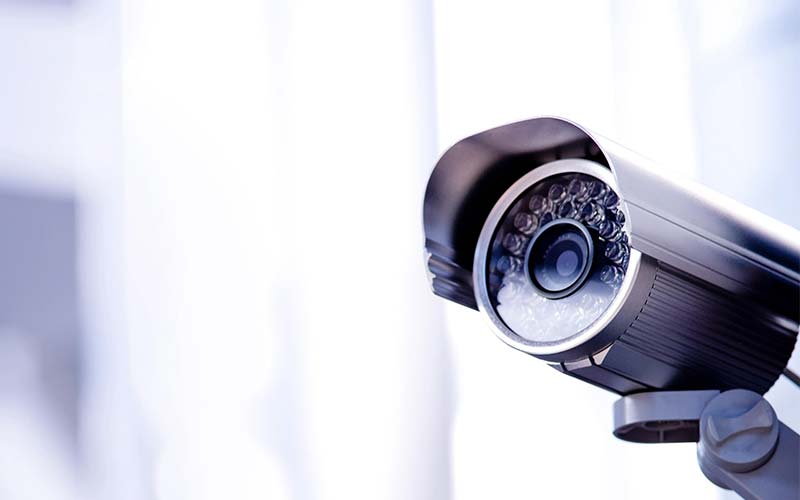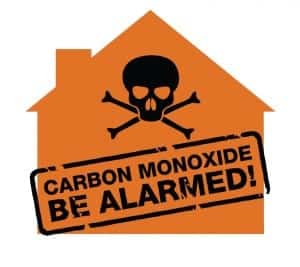
Symptoms of carbon monoxide poisoning may include:
- Dull headache
- Weakness
- Dizziness
- Nausea or vomiting
- Shortness of breath
- Confusion
- Blurred vision
- Loss of consciousness
If you have any of these symptoms or suspect a carbon monoxide leak call 911 immediately and go outside.
What is Carbon Monoxide?
Carbon Monoxide is a by-product of combustion, present whenever fuel is burned. It is produced by home appliances such as gas furnaces, gas refrigerators, gas water heaters, gas ranges, fireplaces, wood burning stoves as well as automobiles. Carbon Monoxide has no color or odor making it impossible to detect without an alarm.
How to prevent carbon monoxide poisoning:
To prevent Carbon Monoxide poisoning within your home make sure to regularly maintain all appliances that burn fuel. Here are some tips to prevent carbon monoxide poisoning within your home.
- When starting the fireplace; make sure that the flue is open first. Also make sure the flue is cleaned once a year!
- Make sure that your wood burning stove is certified by the U.S. Environmental Protection Agency
- Make sure to have a professional inspect your furnace each year to make sure that it will run properly
- If you notice a leak in your furnace, be sure to address and fix the problem immediately
- Never use kerosene heaters or open grills in the house.
- Never heat your home by opening the door to your gas oven.
- Never leave a running car in an enclosed area such as your garage or shop. Always make sure that the overhead door is open to keep the air clean!
Alarm Placement:
Carbon Monoxide detectors should be installed on every floor within your home. They should also be placed near all sleeping areas within the home. The NFPA states that you should make sure alarms are installed within 15 feet away from all potential causes of carbon monoxide poisoning. One of our security consultants will be able to plan where the alarms should be installed within your home for maximum safety!
Test Alarms Frequently:
We suggest that you test your system as frequent as every month. This is a key part in owning a security system and it could save your life! If you are not sure how to test your system please give our UL Listed Central Station a call at 800-279-3667 for assistance!

The only way to ensure that your family (including pets) are safe is to install carbon monoxide detectors AND have them monitored by a local security company like SEi! Pets are a big part of our family and we want to ensure their safety even when we aren’t home. Carbon monoxide can harm and kill animals just like humans.
Protect yourself today!
Call us at 1-800-334-3272 or complete this form today to add Carbon Monoxide Monitoring to your home.








